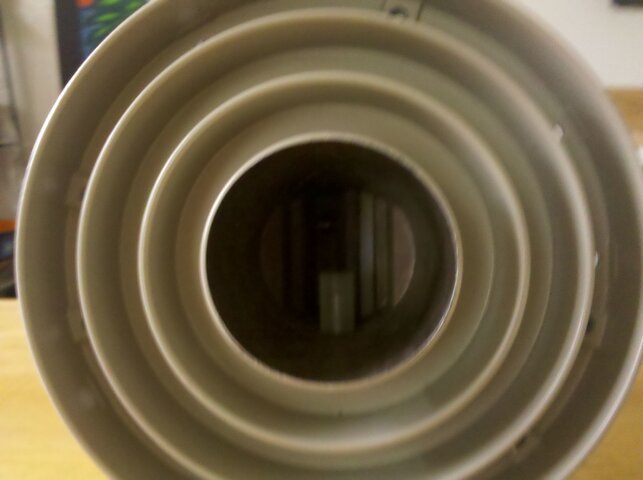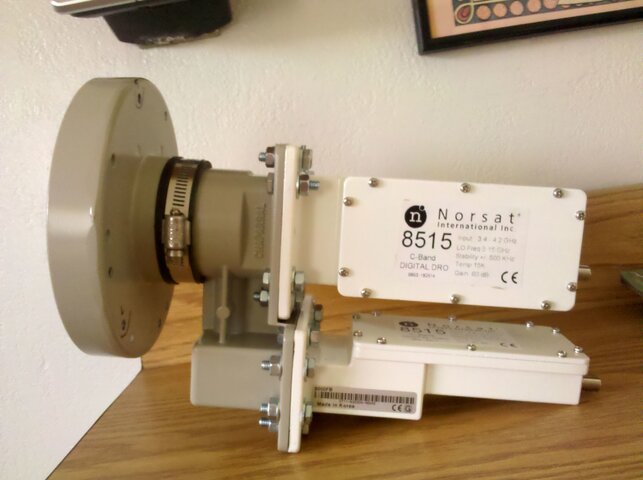For C-band I have 6', 7.5', 10' and 10.5' prime-focus reflectors with four single orthomode feeds (three linear and one circular) and one dual ortho. All the C-band LNBs are Norsat 8115s and originally I had Norsat 2707A LNBs on the dual. I have since converted the dual to use a C120-flanged Invacom QTH-031 quatro universal LNB.
I've played around with different configurations, but I decided to keep the single orthos on my biggest dishes because they deliver slightly better CNRs on C-band than does the dual ortho. The dual got relegated to my 6' Fortec because that dish is a solid petal and has the highest f/D of all my prime-focus reflectors. Dual orthos do ok on Ku-band, but they are a compromise design at best. I have some ideas on improving the dual ortho Ku performance, but frankly it would be of no use to me.
I would highly recommend a single ortho with a 6' dish if you want to squeeze out every last dB. The costs will add up, but the combination of a low-loss feed and low phase noise LNBs should beat just about anything for high-FEC, high-SR S2 signals. With something like Norsat 8515 LNBs and a Chap single ortho feed, one can get away with spending about $150 new. I'm happy with my dual ortho, but I am reluctant to recommend it because the C-band performance is a little less than with a single ortho, Ku performance can be problematic and the cost is considerable.



